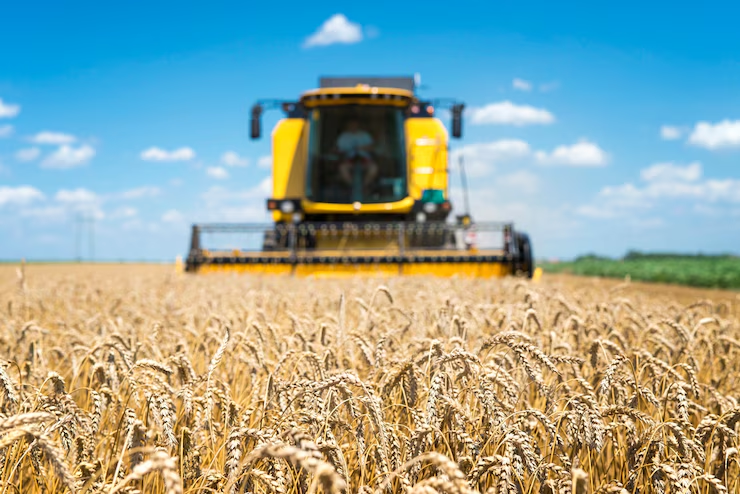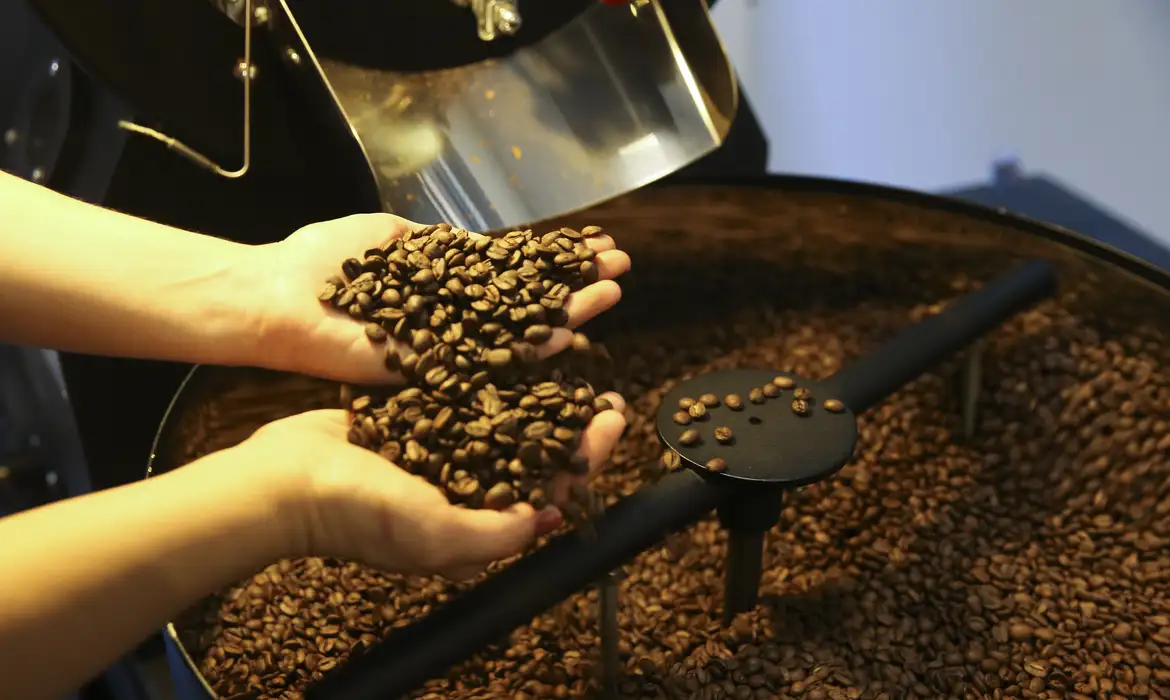SOYBEANS: respect for sanitary voids guarantees better performance for producing municipalities

The sanitary void is a tool adopted to inhibit or reduce the spread of diseases and pests in national crops. In the case of the 2023 soybean crop, the period was established by MAPA on April 10, with the publication of Ordinance No. 781, which determines a calendar for each producing state, in which, for at least 90 days, no you can plant soy, in addition to being prohibited to keep live plants of the grain. With the measure, the ministry aims to control the incidence of Asian Rust, one of the main villains of national soy production.
Researcher Rafael Moreira Soares, from Embrapa Soja, explains the importance of the sanitary void period for combating the fungus that causes Asian rust.
“The ideal would be at least ninety days, as the population of the fungus can be greatly reduced. You start the new soybean crop with a very low population of the fungus, so the disease takes time to appear and, with that, it is one of the ways to not have so many problems with the disease in the crop”, he points out.
According to Soares, the annual cost of controlling Asian rust in Brazil reaches R$ 10 billion. The researcher points out that the main expenses occur with the use of fungicides.
“Considering the cost of the products and estimating some of the losses that it causes because often even applying the disease evolves and causes damage, it is around these two US$ 2 billion per year”, he says.
smile in leadership
The largest soy producer in Brazil is the municipality of Sorriso, in Mato Grosso. Recent data from Agrosatélite, a platform that analyzes the expansion of soy in the country, shows that in the 2021/22 harvest, the first place in the national ranking had an area with 592,278 hectares produced.
The agronomist and rural producer in Sorriso Rodrigo Pozzobon attributes some factors as essential for the success of production in the region, including the soil.
“We have an ideal climate, the desire to work around here and I think the soil. Soil is easy to work with as well. So it’s a place that ended up working out”, she considers.
In order to be successful in the oleaginous crop, the Sorriso region had to adapt to the changes caused by Asian rust since the disease’s introduction in mid-2001 in Brazil. For Pozzobon, respect for the sanitary void is crucial for the good development of the local soybean industry.
“At the time, obviously, we didn’t like it, we didn’t want to accept it, but today we look and no one even bat an eyelash at complying with the sanitary void. We have the agriculture we have today due to this sanitary void”, he evaluates.
By Brasil 61




